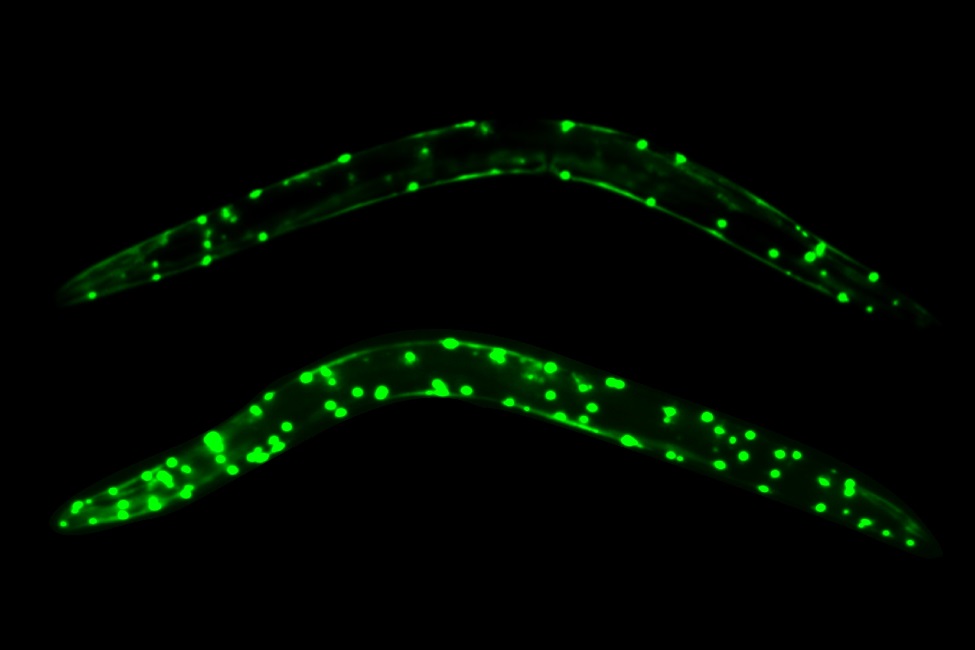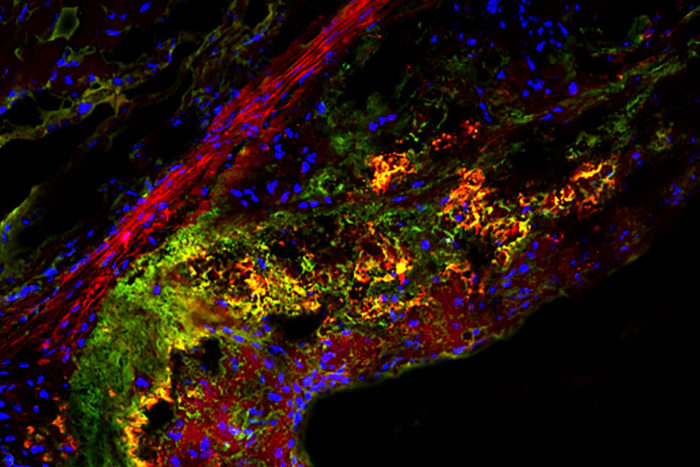
A new study at the University of Jyväskylä, Finland reports that autophagosome content is increased by resistance training in previously untrained young men, but this response may be blunted by aging. Credit: University of Jyväskylä
A new study at the University of Jyväskylä, Finland reports that autophagosome content is increased by resistance training in previously untrained young men, but this response may be blunted by aging. Autophagy is a major catabolic route in cells responsible for the clearance of proteins and organelles. Pathological levels of autophagy are associated with muscle wasting, but physiological levels are important for cellular recycling.
In the present study, indicators of autophagy and unfolded protein response (UPR), which is another system for maintaining c...
Read More









Recent Comments